The Price Difference is Just Because Chuck Roast is Smaller
It mainly depends on where you live.
Where I’m from Chuck roast is much cheaper than Brisket but for most People the $/lb is the exact same; Usually in the ballpark of $4-5/lb.
BUT chuck roast is usually 2-4 lbs of meat; Brisket is around 8-20 lbs.
So the upfront cost is 4-5x as much just because it’s bigger – and due to this size difference, chuck roast takes far less time to cook.
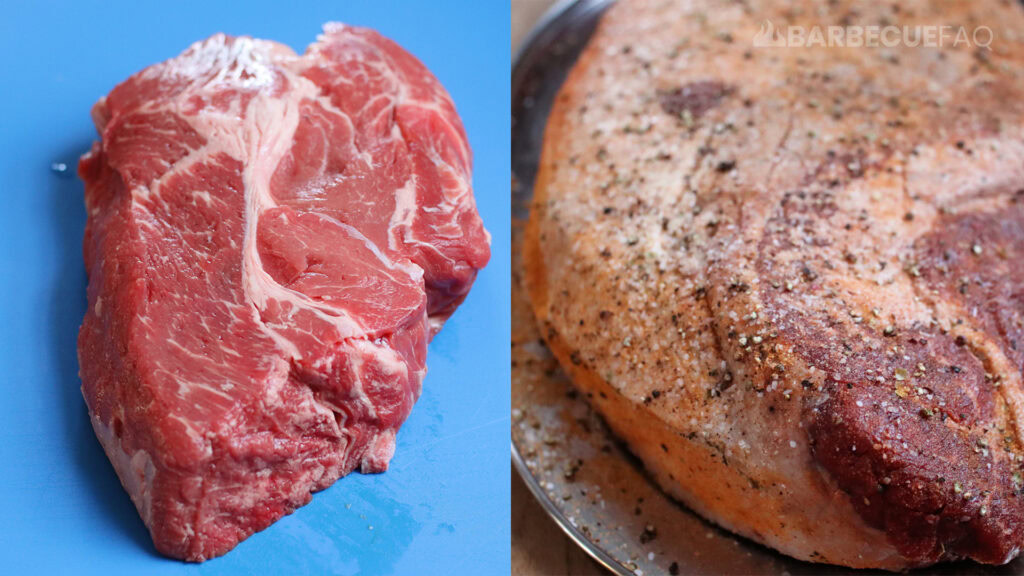
Chuck Roast Requires like No Trimming, Brisket Does
If you buy a whole packer’s brisket you have to worry about:
- Trimming the fat cap
- Removing hard fat that won’t render
- Trimming part of the flat as thin edges dry out
- You could separate the point and the flat
- etc.
With chuck roast you can literally take it out of the package and use it however you see fit.
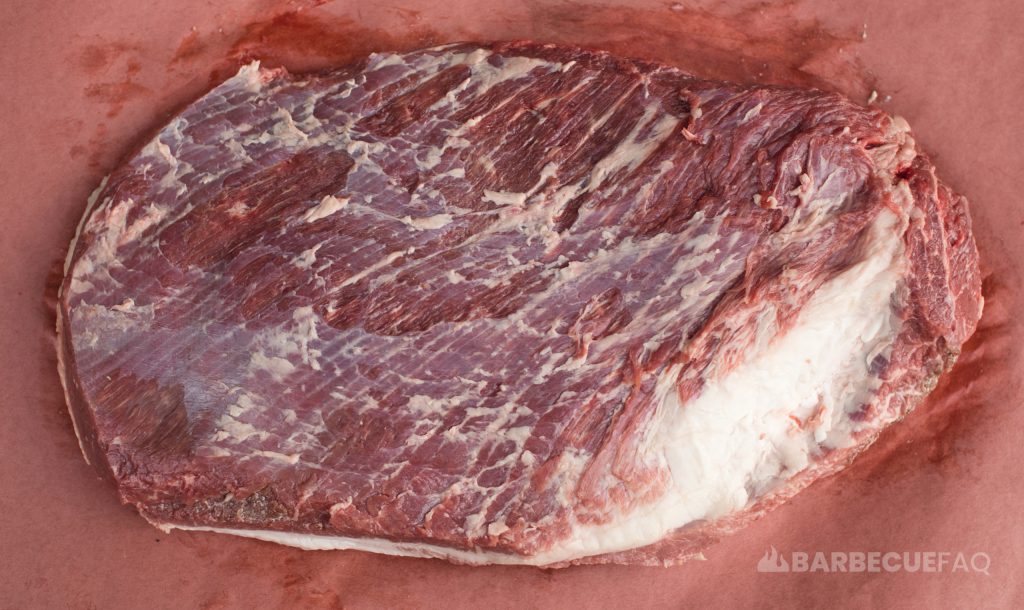
Taste Differences are Due to Location on the Cow and Fat
Chuck roast is from the shoulder and has a forward beefy flavor; It also has a better intramuscular fat distribution with some pockets of fat.
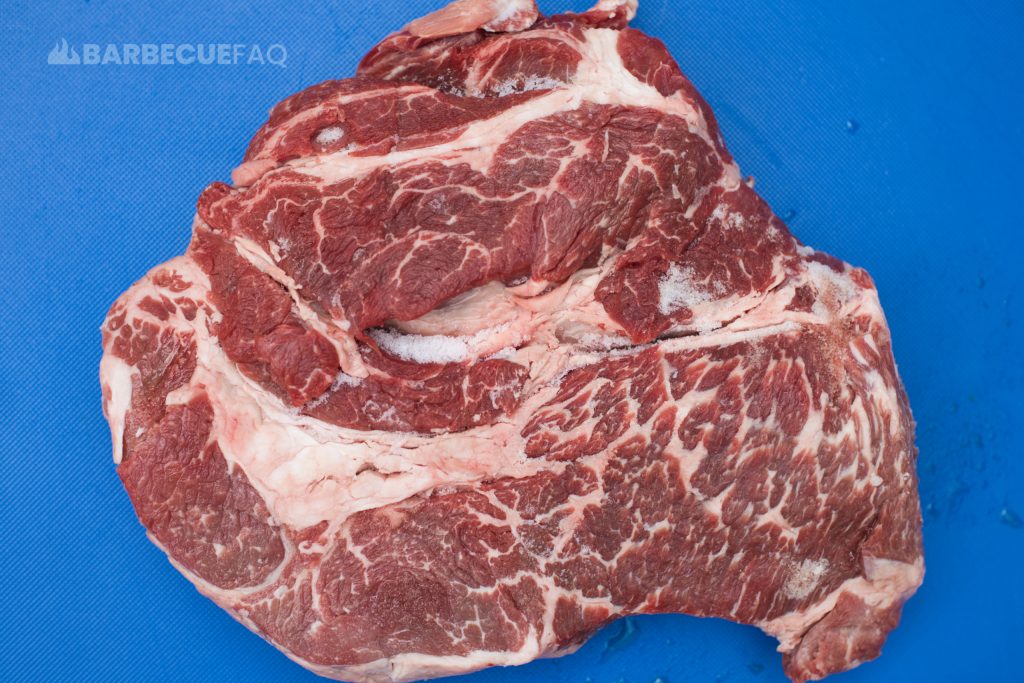
The majority of fat on a brisket is subcutaneous (the fat cap).
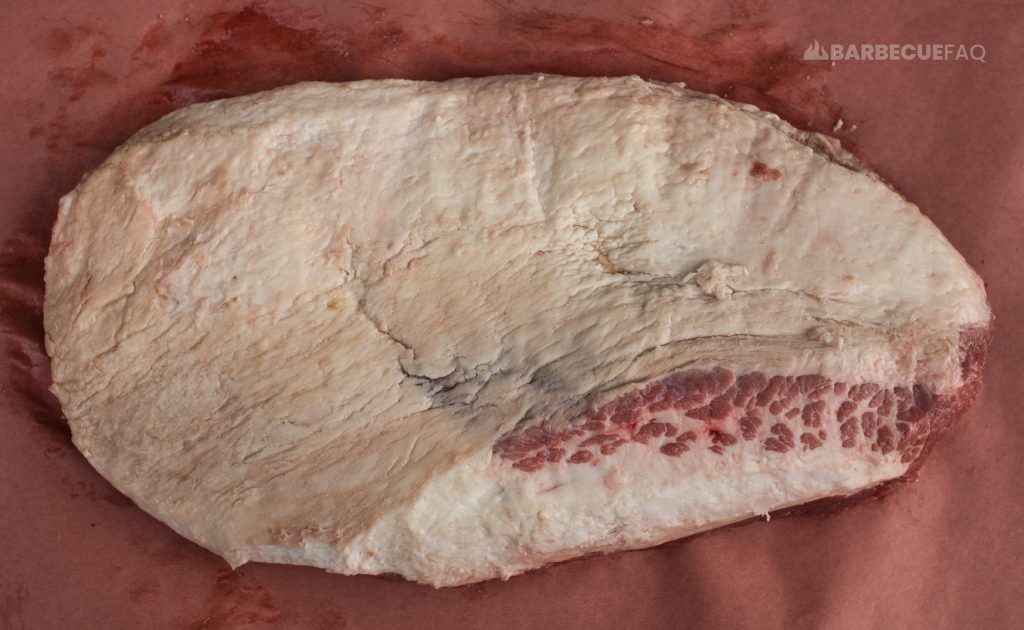
BUT brisket is comprised of 2 muscles:
- the flat or “lean”
- the point or “fatty”
The point meat has a “beefier” flavor, similar to the chuck and it’s solely due to the intramuscular fat.

To make up for the lack of fat in the flat, people will leave the fat cap on brisket so it doesn’t dry out
When smoked and trimmed correctly, this fat will melt and add succulence in your mouth.
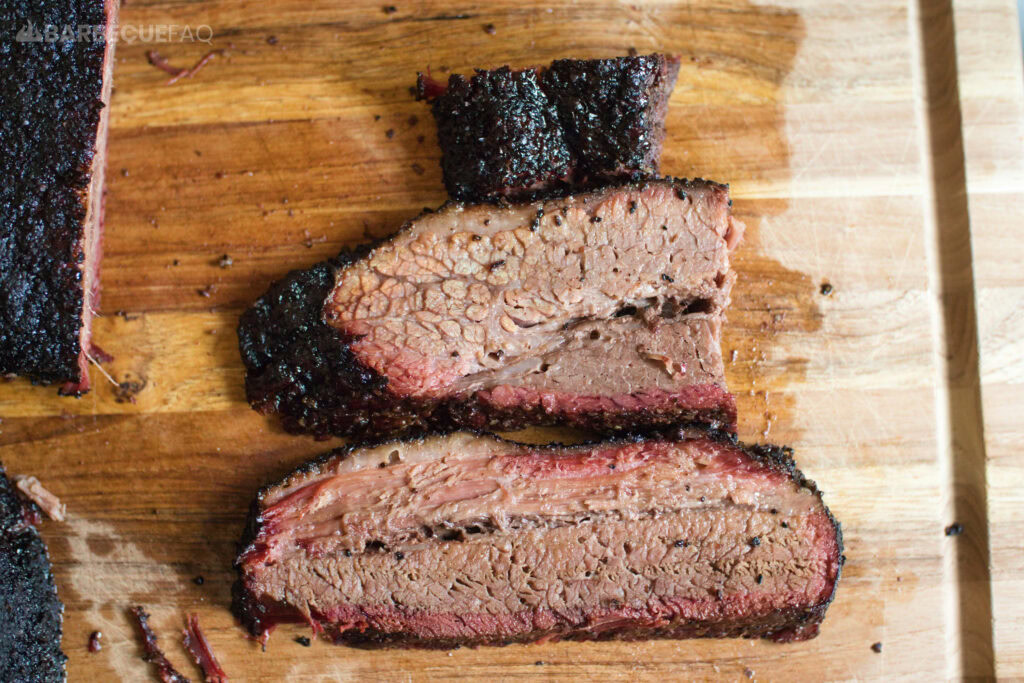
This is Why USDA Grades for Both Cuts are Pretty Important
For both I look for: USDA Choice or higher (Prime or even Waygu work well).
Chuck roast is a smaller cut of meat and without the fat it can and will dry out, especially if you don’t cook it in a liquid.
With brisket, the flat can be very lean – to the point where I’ll just trim it completely and use it for jerky.
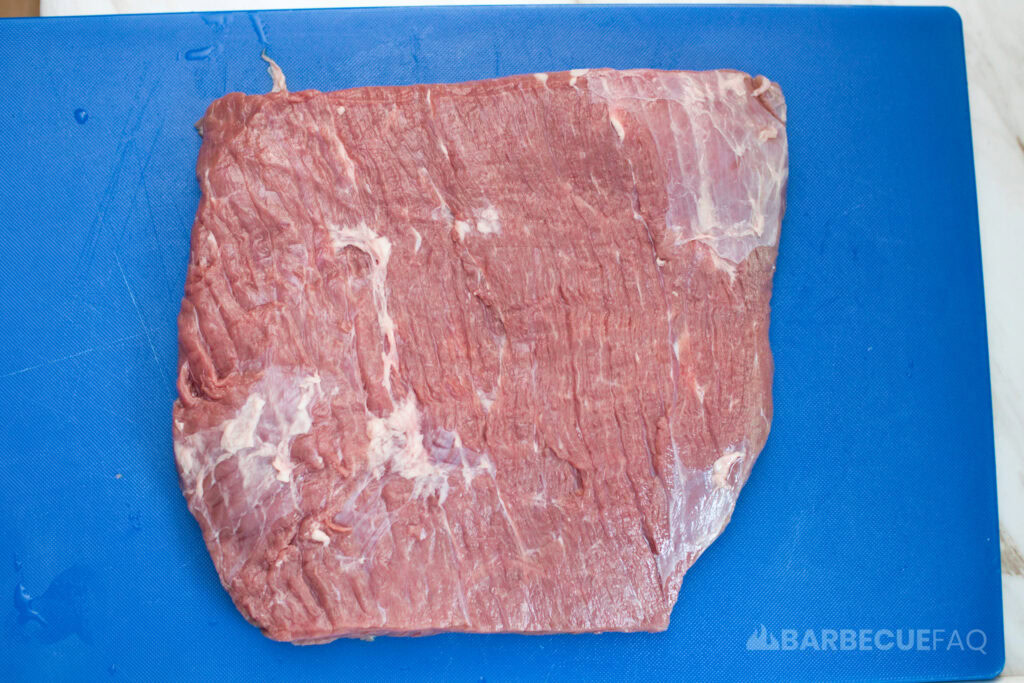
Proper Smoked Brisket Doesn’t Taste Like Pot Roast
You see this complaint a lot and it’s almost always because the person overcooked the brisket; OR the meat was cooked in a liquid.
Instead, try smoking the meat to around 190F in the flat muscle.
Then leave the meat wrapped and hold overnight in an oven set to 175F.
Since we didn’t rest the meat and it was allowed to carry over cook, it will continue to render the collagen and won’t have that pot roast-y taste.
Typically I find that no matter what I do, Chuck roast will have a “pot roast” like taste – which is good or bad depending on what you like.


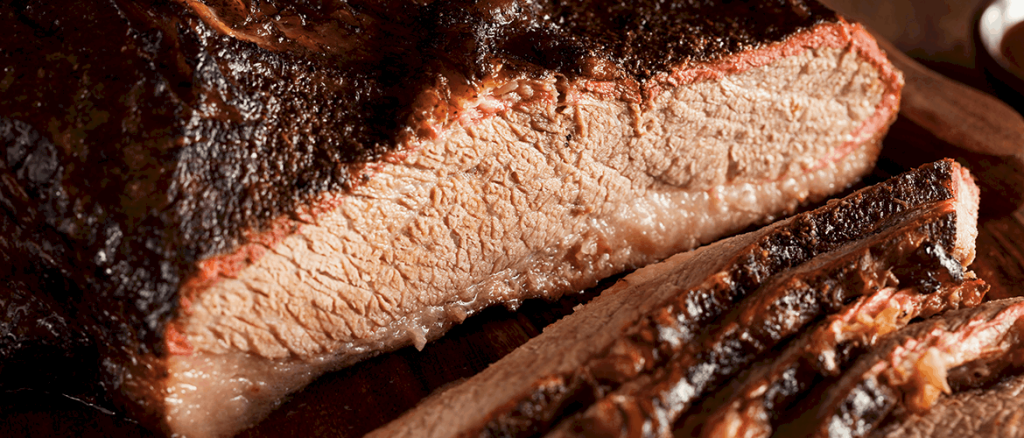

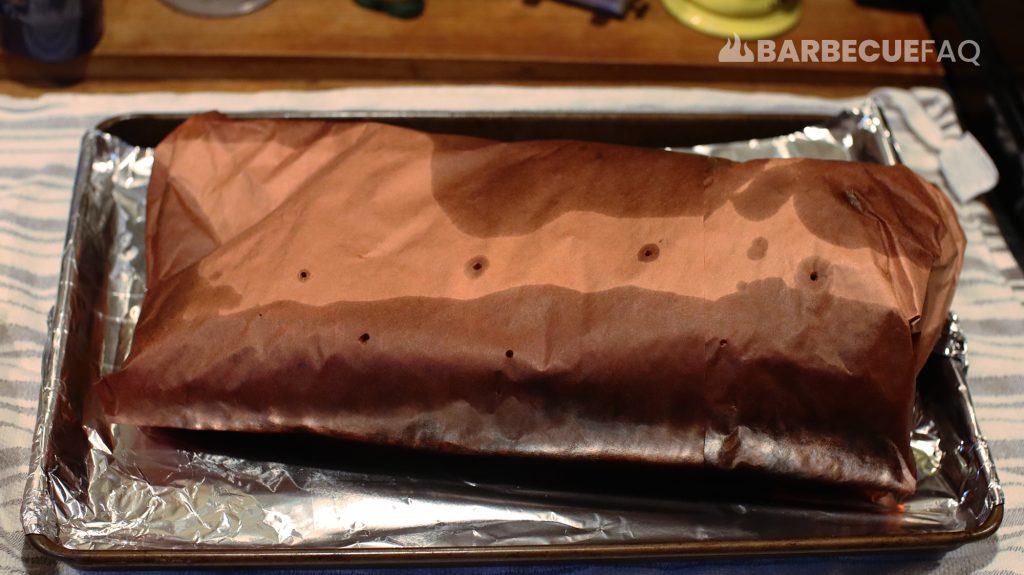
2 comments
Joseph Bagley
Excellent article. Very informative–exactly what I wanted to know. Thank you very much!
Dylan Clay
Happy to help Joseph!